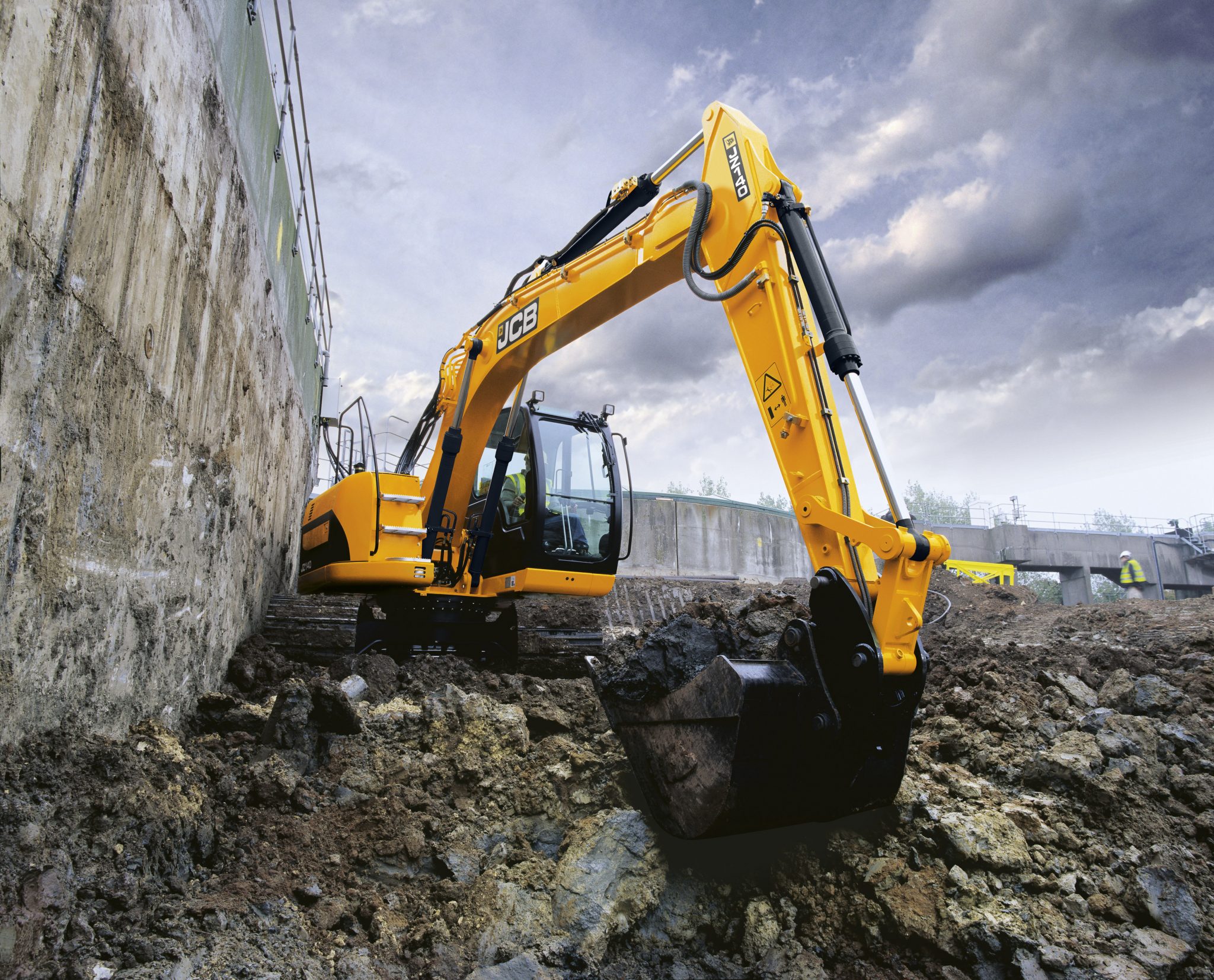Heavy equipment is one of the biggest investments a company can make, and deciding whether to buy or rent requires a strategic approach. Ownership can be practical for frequently used machinery, offering long-term savings and tax advantages. On the other hand, renting provides flexibility and access to the latest models without the burden of upkeep. Weighting factors like utilization rates, project timelines and price of ownership allows construction businesses to determine what is most cost-efficient for their bottom line.
The True Cost of Equipment Ownership
Purchasing heavy equipment comes with more than just the sticker price — it’s a long-term financial commitment. Many enterprises finance their purchases, which means interest adds up over time. Then, there’s depreciation — the inevitable loss in value that occurs as soon as the machinery is put to work. The resale price will never match what was paid upfront, making ownership a sinking asset.
On top of that, ongoing maintenance, repairs and replacement parts drive up expenses, especially as machinery ages. Even storing and transporting it comes with hidden costs, from additional fees for storage yards to the logistics of moving oversized equipment between jobsites. When factoring these in, renting provides a more cost-effective and flexible alternative.
Scenarios Where Renting Makes Financial Sense
Renting heavy equipment makes the most sense when ownership offers little to no long-term return on investment. For projects that require specialized machinery on a one-time or occasional basis, why invest in a machine that spends most of its time sitting idle? Renting allows brands to pay only for the time they need it, which avoids the financial drain of underutilized assets. It’s also a wise strategy for handling peak workloads without tying up capital.
Beyond savings, renting helps mitigate financial risks by eliminating concerns about depreciation, maintenance and resale value. For businesses looking to stay agile and protect their bottom line, renting provides the best balance of flexibility and efficiency.
Operational Advantages of Renting
Renting heavy equipment keeps construction crews ahead of the curve with access to the latest technology, eliminating concerns about outdated machinery. Unlike owned equipment that depreciates over time, loaned items come fully maintained and compliant with the latest standards. In addition, rental companies handle servicing repairs, which prevents costly breakdowns that can lead to project delays.
Preventive maintenance is one of the biggest causes of operational downtime, eating into productivity and profits. Renting removes that risk and ensures brands always have reliable equipment to go. Plus, it provides the flexibility to scale up or down as necessary without the financial strain of long-term ownership, which is ideal for those looking to stay efficient and competitive.
When Ownership Is the Better Investment
Owning heavy equipment makes financial sense when it is frequently used, as the cost per hour of operation decreases over time. For construction operations that rely on specific machinery daily, renting can become more expensive than ownership in the long run. While the upfront investment is significant, ownership often proves more cost-effective over several years, especially when factoring in tax advantages.
Contractors can deduct the cost of machinery and tools necessary for their projects, which reduces taxable income and improves cash flow. Additionally, ownership builds assets, offering potential resale value and long-term financial stability. For businesses with high utilization rates, buying a new construction equipment a can be a strategic investment that pays off over time.
Making Wise Investments in Heavy Equipment
Making the right choice between renting and owning heavy equipment starts with a thorough analysis of project-specific needs, utilization rates and long-term costs. Evaluating financial data and consulting sector experts lets construction companies make informed decisions that maximize efficiency, reduce unnecessary expenses and strengthen their bottom line.

